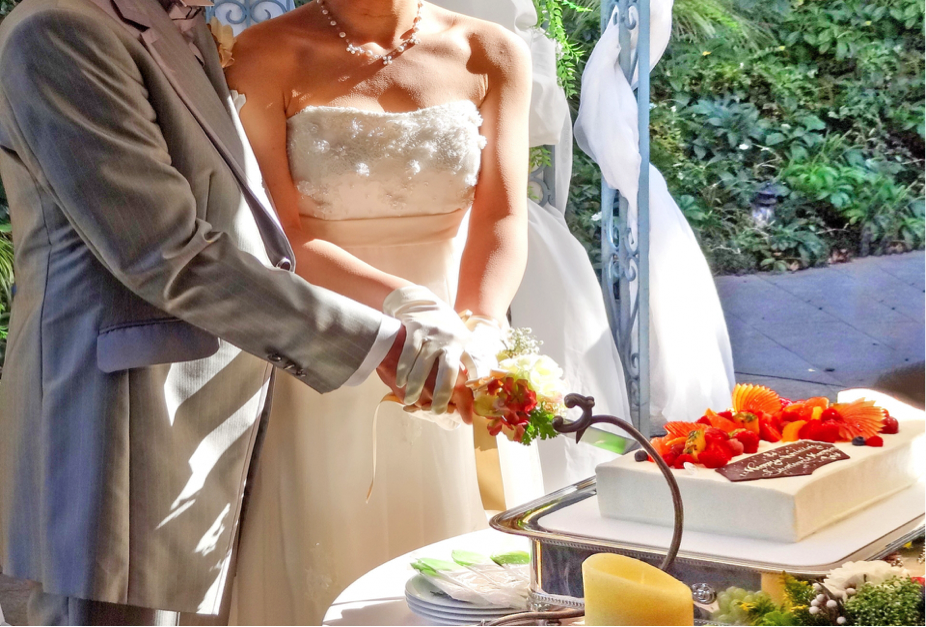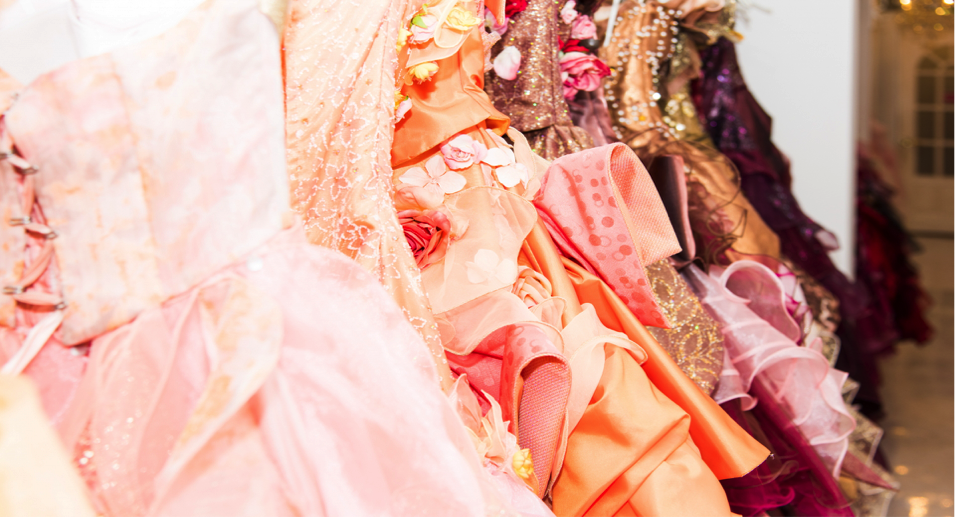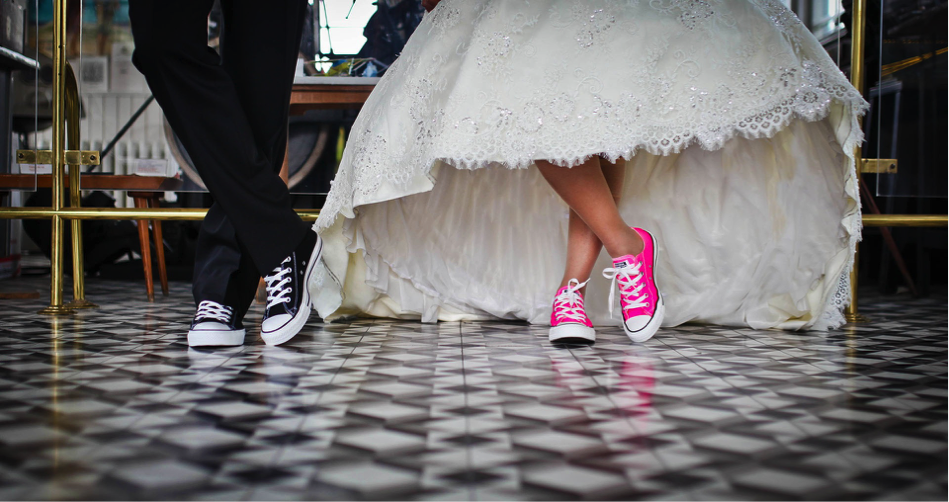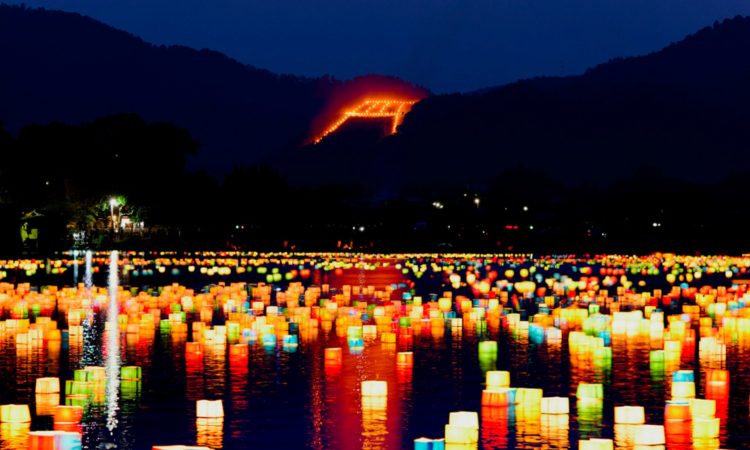In Japan, the banquet after the church wedding ceremony or the shinzen (Japanese style) wedding is not just a mere wedding reception. The hirouen, it is called, is considered a major part of the wedding. It is during the hirouen that a couple officially announces their new partnership. It is their show of gratitude and their way of paying respect to their family and work superiors. Some couples might do away with the church wedding ceremony and choose to have a hirouen in a wedding plaza or in a hotel ceremony hall.
A walkthrough of the hirouen:
There are monthly magazines that feature all kinds of information useful for planning the hirouen. “Zexy” is the most common title, and can be found in many bookstores in Japan. From such magazines, one can get information on wedding ceremony venues, which regularly hold bridal fairs. Couples can have a date sampling wedding cakes and foods, trying on wedding dresses or suits and getting a feel for the type of wedding they want.
Choosing the venue:
Once the venue for the hirouen is decided, next will come meetings with the wedding planner. Decisions will be made on the number of guests, who will participate as emcee and speakers, the decoration and the bride’s dresses.
One characteristic about Japanese weddings which may be unfamiliar to you is that the bride will change to different dresses several times throughout the wedding, called ironaoshi. The first dress is most often white, but the rest will be in any other bright color, sometimes red, light blue, yellow, or just about any color.
One very significant trouble I experienced as a foreigner: most hirouens are planned so that the guests invited are equally half the groom’s and the bride’s friends and family. As is natural with most foreigners in Japan, I did not have family or even sufficient close friends living in Japan. Even having had a separate ceremony at the home country, the Japanese guests felt uncomfortable with the imbalance.
On the wedding day:
After several meetings, the big day comes and guests gather half an hour before the start of the wedding. Guests will be escorted from the entrance to their designated places at tables throughout the room, their names written on elegantly printed name cards at the tables. The wedded couple’s immediate family and highest superiors at their work will be seated right in front of the couple, who are naturally seated at the front of the room.
The couple will enter the room after all the guests are settled down. The bride and the groom will each be introduced through speeches by their bosses. Next the wedded couple will cut the wedding cake together. Here the guests will leave their places at the tables and come very close to take pictures of the bride and groom. This will take surprisingly some time as the couple pose before cutting the cake, hands together holding the knife, and also as they both feed each other with the first bites of the cake. More than a few brides choose to tease their partners with a huge serving of cake or smudge the groom’s face with icing inducing some laughs from the guest.
After cutting the cake they settle back down at the front of the room to start the full course dinner with the guests. At last the guests will have opportunity to talk to each other. But then this lasts only ten or twenty minutes as the bride exits the room amidst applause as she prepares for her ironaoshi. The groom gives the bride some time to change dresses and then he also leaves the room to change tuxedos that will match with the bride’s dress.
Ironaoshi and candle service:
The second time the couple enter the room the lights will be dimmed for what is usually the candle service. They will enter with a lit candle to move around the room and light the candles of each table. This part of the ceremony is beautiful with its play of lights, shadow and colors.
As the second half of the hirouen proceeds, guests start to feel emotional hearing speeches by the couple’s family. The climax will be when the couple hand their parents flower bouquets, at the same time giving finally their words of gratitude and honest feelings. The guests will then one by one exit with tears in their eyes as the newly wedded couple bow deeply to each and every guest.
After the hirouen, many Japanese couples hold a second banquet, called the nijikai.
What is the difference between the first and the second banquets?
The atmosphere is completely different between the first and second banquets. The former is usually a serious and sometimes tearful event, highly formal. The guests are either the bride or groom’s family and relatives or superiors at work. Guests are expected to contribute from 30,000 to 70,000 yen. In exchange, they expect the highest quality full course dinner and, instead of mere wedding souvenirs, they are usually given “gifts in return” catalogs they can choose an item from. The tables are all elegantly decorated and set, guests’ names are written in order on a list in programs they will take home, which makes their seating arrangement fixed at a very early stage of the planning. Guests, even the children, are all wearing black suits, for no one is allowed to be more “colorful” than the bride or to stand out.
In contrast, the second banquet has a much more relaxed and festive atmosphere, usually held in restaurants privately reserved for the night. The bride’s and groom’s friends and coworkers are invited, who contribute around 3,000 to 10,000 yen and or presents. The guests come in more colorful attire and can move around more freely mingling and enjoying the buffet style dinner. Many nijikai parties have fun games, bingo or quizzes about the wedded couple. Sometimes the bride or the groom sing or a minishow performance is shown.
This flow of ceremony is the most common type of wedding for conservative families. Recently, couples are choosing the 1.5jikai, a mix of the hirouen (which is the 1st jikai in other words) and the nijikai (2nd banquet). This new form of wedding reception is far less formal and less expensive. Some couples also choose to have a simple ceremony abroad, with few guests and a honeymoon set along with the trip.
Have you gotten a clear image of the Japanese wedding yet? As befitting a person’s once-in-a-lifetime moment, weddings in Japan can be extravagant. They can induce awe and tears to their guests and fill everyone’s hearts with happiness. When you yourself make the big decision to tie the knot with a Japanese partner, you might have the chance to experience this event of tears and happiness. When that day comes, may your marriage be a grand and splendid one.
Tricia / Philippines









